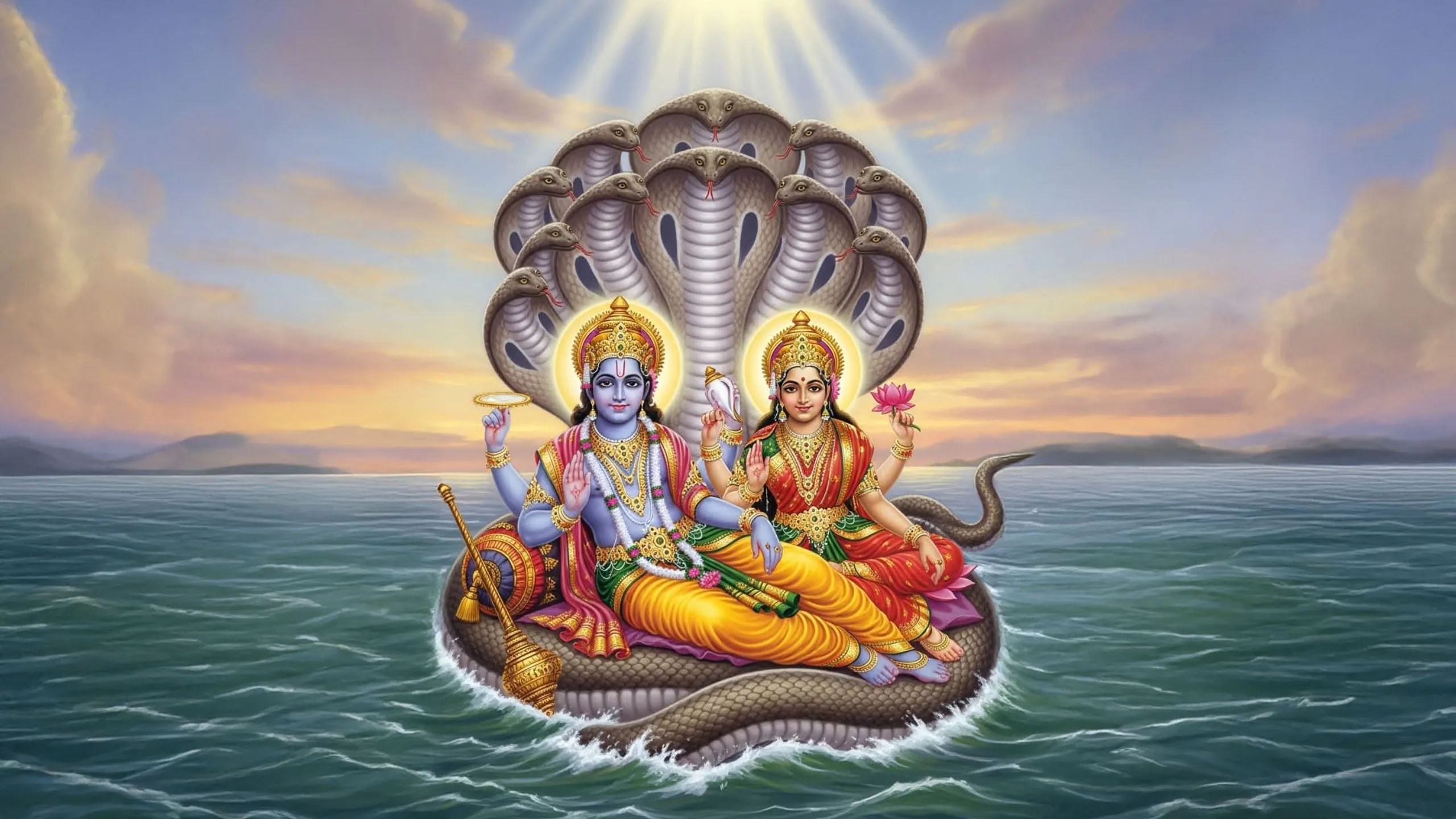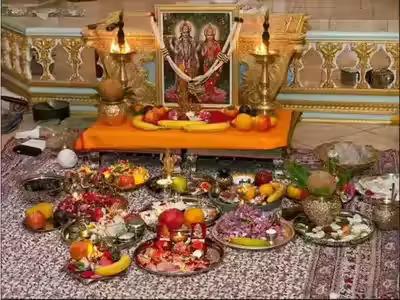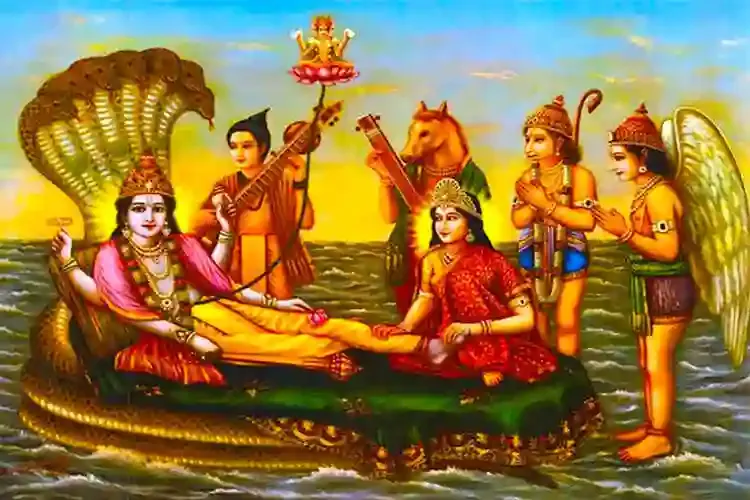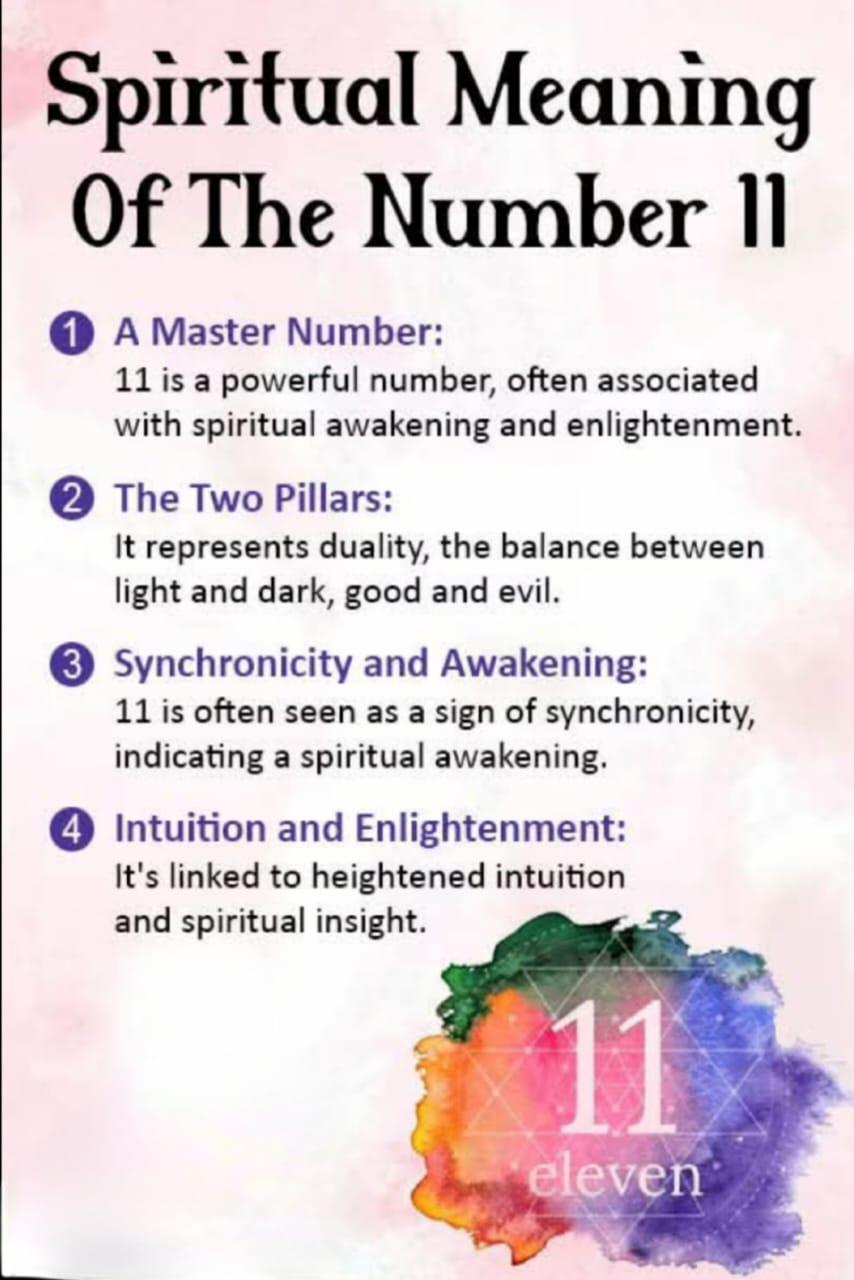The importance of Ekadashi!
Ekadashi fasting is all about purifying your soul and preparing yourself towards attaining salvation. The spiritual importance of Ekadashi is highlighted in Hindu scriptures such as the Padma Purana and Bhagavata Purana, which describe its benefits and significance.

This sacred occasion marks the birth of Devi Ekadashi, a celestial being born from the essence of Lord Vishnu, who valiantly defeated the demon Mur. The significance of Ekadashi fast was narrated by Vishnu to Yudhishthira. He said those who are truly faithful must observe this day to purify the soul and attain Moksha.
In the Hindu calendar, a lunar month is divided into two fortnights, or pakshas: the waxing moon period (Shukla paksha) and the waning moon period (Krishna paksha). Ekadashi, which means "the eleventh" in Sanskrit, is the 11th lunar day (tithi) of each fortnight.
The number 11's significance in the lunar cycle is primarily rooted in spiritual and calendrical traditions, particularly in Hinduism.
Eleven is a mater number in numerology, representing heightened intuition and energy. Fasting on Ekadashi, the 11th lunar day in the Hindu calendar, is observed primarily for spiritual purification, as well as for physical and mental benefits.
The fast is dedicated to Lord Vishnu and devotees seek to align with Lord Vishnu's divine energy. The observance is called Upavasa, a Sanskrit word that means "to stay close" to God. The fast also encourages self-control, discipline, and detachment from worldly desires. The number 11 represents the five sense organs, five action organs, and the mind, and the fast is a way to control these "eleven senses".

Devotees can choose a level of fasting that suits their health and lifestyle, from 'nirjala' which is the toughest or only fruits'falhara' to a single meal without grains. Fasting gives the digestive system a rest, allowing the body to cleanse itself of toxins. Intermittent fasting benefits the body by inducing a "metabolic switch" from using glucose for fuel to burning stored fat which triggers several positive cellular and hormonal changes.

You may wonder how Ekadashi is related to the movement of moon and mind? Well, we have certain centres called Chakras which are energy centers in the human body, that regulate the flow of energy and influence physical, emotional, and spiritual well-being. The moon finds itself at the Ajna Chakra and the Anahata Chakra on the eleventh day. Since these two Chakras are its own abode, the mind is stable and the sadhaks take advantage to do deep meditation. Fasting on the 11th lunar day is thought to mitigate the effects of the moon and keep the mind calm and stable.

The timing of each ekadashi is according to the position of the moon. There are usually 24 Ekadashis in a calendar year. Occasionally, there are two extra Ekadashis that happen in a Hindu leap year. Each Ekadashi day is purported to have particular benefits that are attained by the performance of specific activities. Smarta followers (householders) usually observe Ekadashi on the first day whereas Vaishnavas, monks, or those following stricter traditions observe it on the second day, known as Vaishnava Ekadashi.

While modern life presents new challenges, the tradition persists, rooted in its profound spiritual and physiological benefits. Many modern observers embrace Ekadashi fasting as part of a holistic wellness, weight management, intermittent fasting and spiritual reset activity. Ultimately, Ekadashi is a practice with a flexible and adaptive nature. While some traditional aspects may be evolving, the core concept of periodic abstinence and reflection remains highly relevant, whether viewed through a spiritual, health-conscious, or culturally respectful lens.

The Ekadashi mantra is chanted to please Lord Vishnu to gain blessing and sovercome obstacles in life. Om Shri Vishnave Cha Vidmahe Vasudevaya Dhimahi, Tanno Vishnuh Prachodayat..!! Meaning: Let me meditate on Lord Vishnu to bless me with better intellect. Let Lord Vishnu illuminate my mind with great knowledge and wisdom.
Note:(pics from internet for illustration only)
Comments (6)






